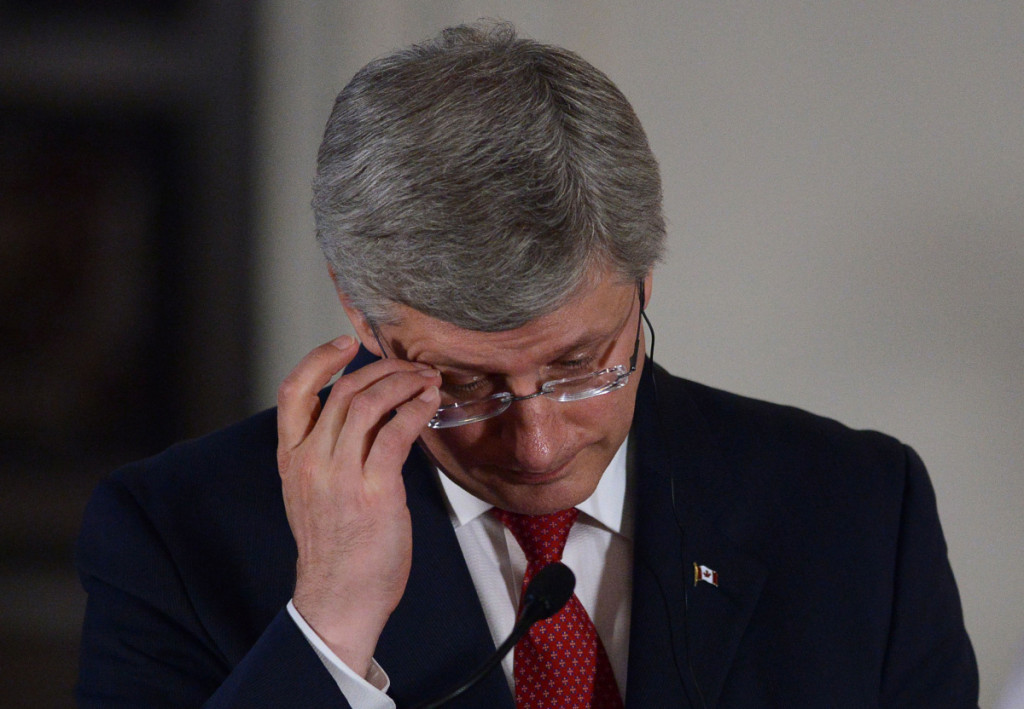
Vancouver Parks Board officially designates a spot for the romantic tourist trap
By Alex Stanton, Staff Writer
Following extensive public surveys over the course of the late summer and early fall months, the Vancouver Parks Board has officially settled on a location in Queen Elizabeth Park to erect its own love locks sculpture.
Love locks, an idea that originated in Paris and became extremely popular in Europe, are simple padlocks that are bought by romantic partners that are then adorned with the initials of each half of the relationship, locked to a public fixture—such as a gate or bridge—and then left there. The key is then disposed of, which symbolizes the commitment of love that the couple has for one another.
In 2013, Vancouverites took it upon themselves to fashion their own version of the famed romantic concept, attaching initialled locks to the fenced barrier of the Burrard Bridge before throwing away the key into the river below. Due to fears of structural damage following an incident in Paris, in which a chunk of the fencing on the Pont des Arts Bridge collapsed under the weight of dozens of love locks, the City of Vancouver removed all the locks off the Burrard Bridge. Locks that were attached to the seawall of False Creek were also removed.
The Vancouver Parks Board concluded that the most environmentally sound way to allow the locks to exist in the city would be to hire a local artist to create a piece of art to which all the locks can be safely attached and viewed. They completed over 2,000 surveys over the course of the August 19 to September 16 consultation period, asking the public to decide between 13 different locations. According the polls, 57 per cent of people surveyed would like to see the sculpture happen.
The three locations that were most voted for by residents was English Bay Beach Park with 33 per cent. Queen Elizabeth Park with 24 per cent, as well as Kitsilano Beach Park, with 23 per cent. However, due to environmental concerns and the fact that two of the three most desired locations were First Nations land, the board’s recommendation stated that Queen Elizabeth Park would be the only suitable choice on the list.
John Coupar, commissioner of the Vancouver Parks Board, has confirmed that the sculpture is slated to be completed in 9–12 months, just in time for the summer of 2016. The board is looking for structure proposals for the project, and is aiming to have chosen a design by the end of the year.
“We’ll put out the proposal to the arts community—hopefully we will get a Vancouver artist. We’d like to support the local arts community,” Coupar told the Province.


